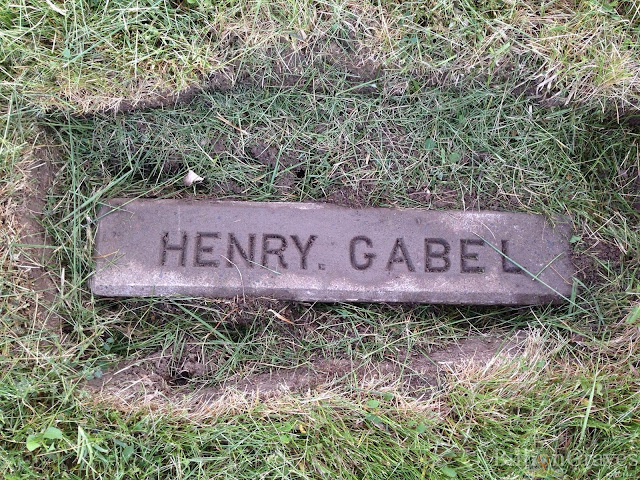Independent Woman!
My 3rd great grandmother, Polly Jasper took her family on the Oregon Trail in 1854. What could show more independence?
Mary “Polly” Heath Jasper lost her husband, John McHenry Jasper, in Missouri in 1845. They were living in Andrew County, Missouri, although a burial location has never been identified.
Mary and John were married in 27 March 1928 in Somerset, Pulaski County, Kentucky. The family story is that they moved to St. Joseph, Missouri in 1841. I suspect the travel was by wagon.
Mary "Polly" Heath Jasper
By 1845, Mary and John had 8 children, Elizabeth, Andrew, Nancy, William, Thomas, Gilead, Lois and Minerva. The family also included Polly’s old maid sister, Lois.
When John died, Polly was left with 8 children to raise, the youngest was about a year old.
In 1848 her daughters began to marry. Elizabeth, was first & married Jesse Owenby in December of 1848, Nancy married a few days later in 1848.
Polly was left in Missouri with 5 children, along with her sister, Lois. They lived with other family members but life had to have been difficult, it was a hard life to provide food and clothing.
The 1850 census records show that her son, Andrew was a farmer at age 19.
The exodus to Oregon has begun in Missouri in the 1840’s and Jasper’s joined the movement. The first to go were Elizabeth & Jesse Owenby & Andrew Jasper in 1851.
Nancy Jasper and her husband, John Langston, set out in 1852. Her husband died of cholera enroute.
Andrew, who was 23, came back in and escorted his mother, her old maid sister, Lois, and siblings across the Oregon Trail in 1854. My great great grandmother, Lois, was 12 at the time and her younger sister, Minerva was 9.
Polly was 43 and her sister Lois 66 years old.
A metal container carried by Polly Heath Jasper
I assume carried in the pocket of her dress.
The family story is that after enduring many hardships, and much the stock having died; when they reached Green River, Wyoming; the family stayed there while an older son went on to obtain food and supplies. These he got from other members of the party who had gone in advance of the train to locate a home for the family. Using an ox team to pull the wagon, not all of the family was able to ride at the same time, so many walked.
Ribbon sewn into a quilt
Participant ribbon from Pioneer Association meeting
Proof of the year on the Oregon Trail
Once in Oregon, census records in 1860 show Polly & Lois living with other family members. Polly also maintained a boarding house. When her daughter, Lois, married Albert G. Lloyd, she & her sister moved to Waitsburg, Washington. Both are buried at the City Cemetery in Waitsburg.
Lois Heath
Polly's sister
City Cemetery
Waitsburg, Washington































